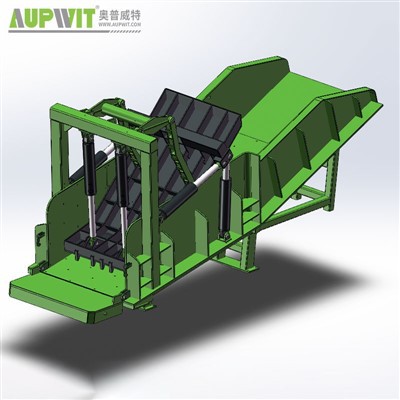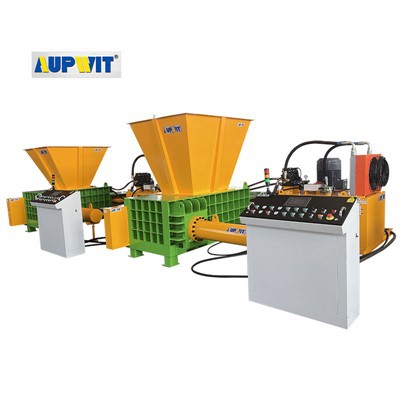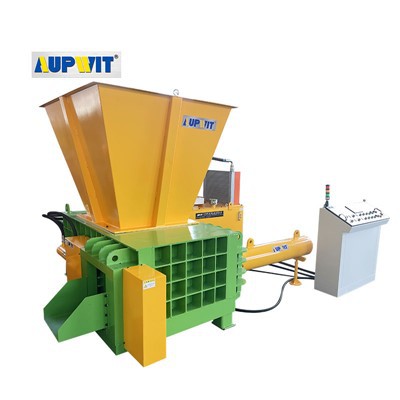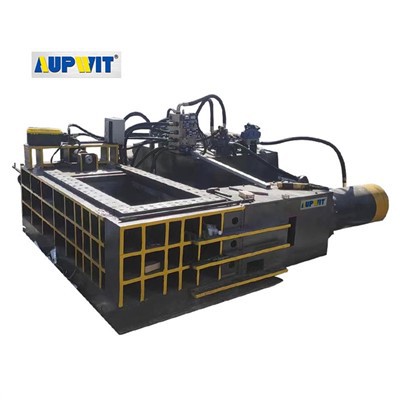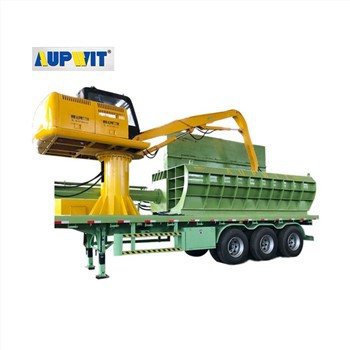Mini Baler Machine Operation Process
Loading Phase
It starts with loading the material—such as cardboard, plastic, or agricultural waste—into the feeding chamber. Many models feature a hopper or chute that guides the material into the compression area, ensuring a steady flow without jams.
Compression Mechanism
Once loaded, the machine's hydraulic or mechanical system activates. Hydraulic mini balers use a piston driven by oil pressure to exert force on the material, while mechanical versions rely on gears and levers. This force compresses the material into a dense, compact block, reducing its volume significantly—often by 70-90% depending on the material type.
Key Features of Modern Mini Balers
- Compact design for limited spaces
- Hydraulic or mechanical compression systems
- Volume reduction of 70-90%
- Automatic or manual binding triggers
- Multiple binding material options
- Advanced models with sensor technology
- Various ejection mechanisms
- Comprehensive safety features
- User-friendly digital controls
- Adaptable to different materials
Binding & Ejection
As compression reaches the desired density, the machine automatically or manually triggers the binding mechanism. This involves wrapping wire, twine, or strapping around the compressed block to hold its shape. Some advanced models have sensors that detect when the bale is properly formed, triggering the binding process automatically.
After binding, the bale is ejected from the machine, either via a manual release lever or an automated push mechanism. The operator then removes the bale, and the machine resets for the next cycle.
Safety & Controls
Safety features like emergency stop buttons and protective guards prevent accidents during operation. Many modern mini balers also include user-friendly controls, such as digital panels, to adjust compression force, bale size, and cycle speed, making them adaptable to different materials and user needs.


